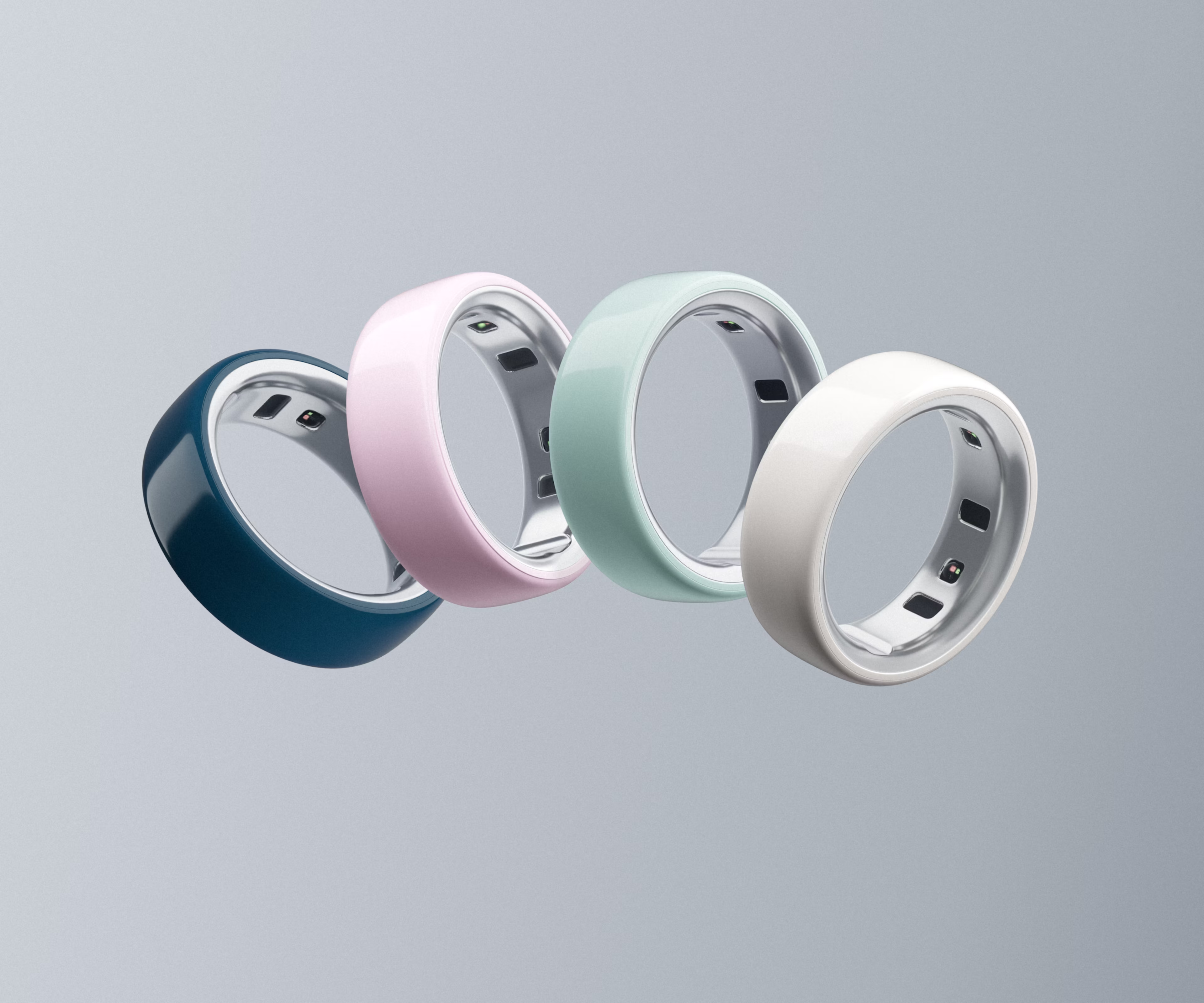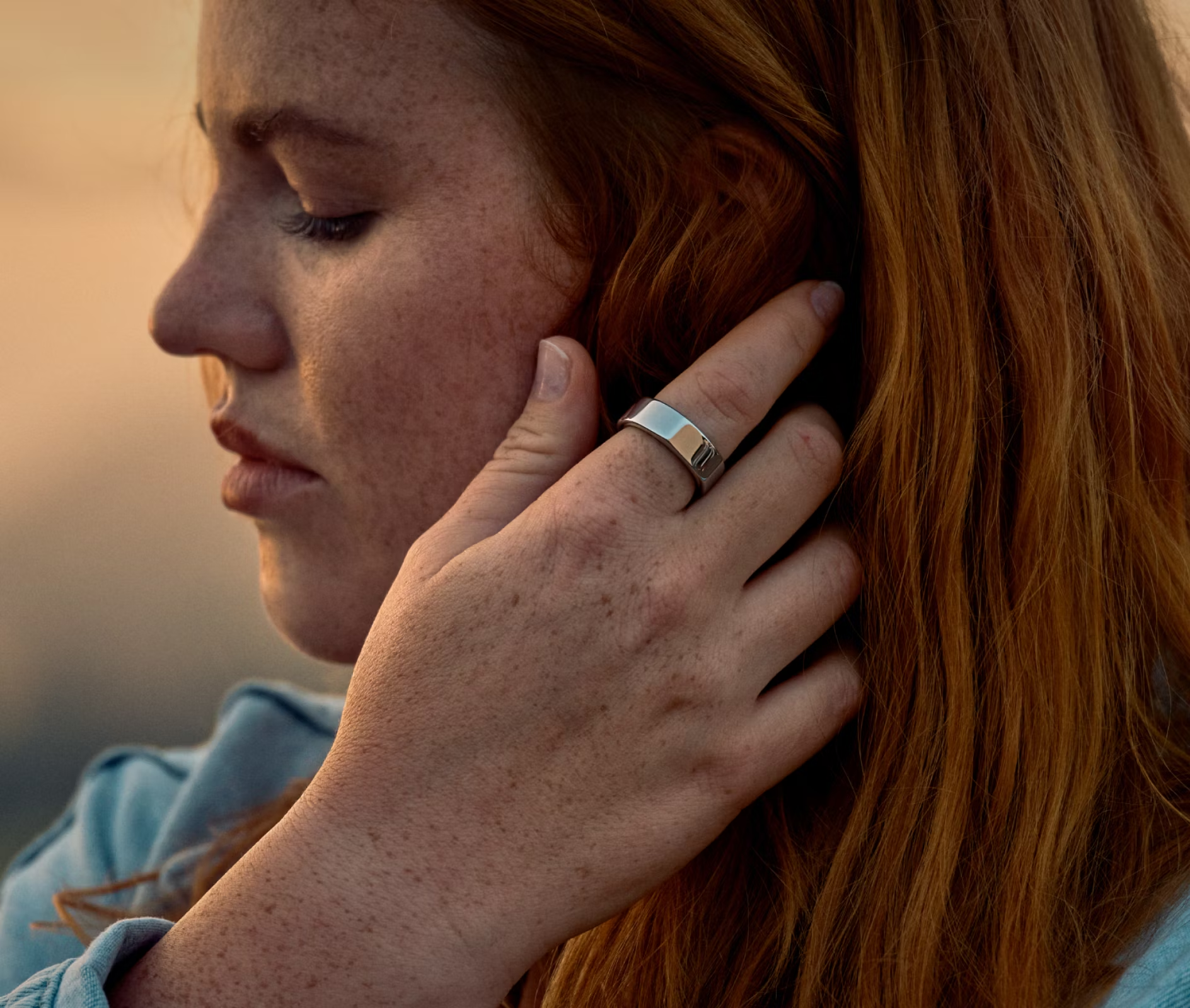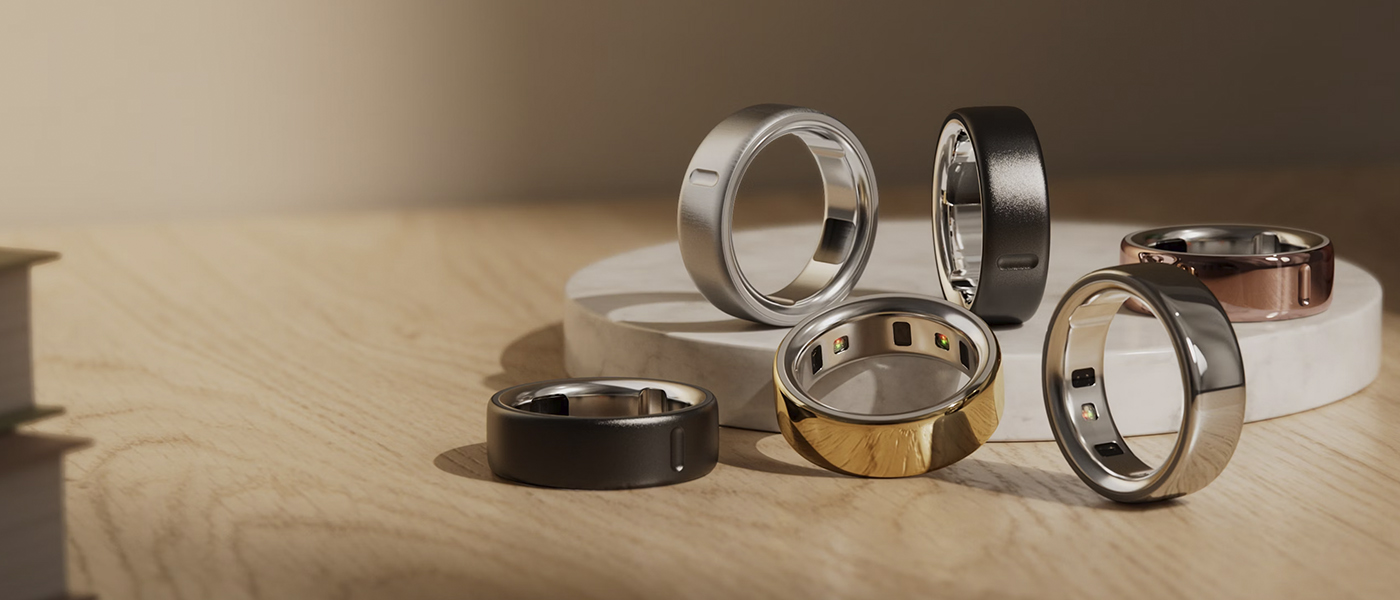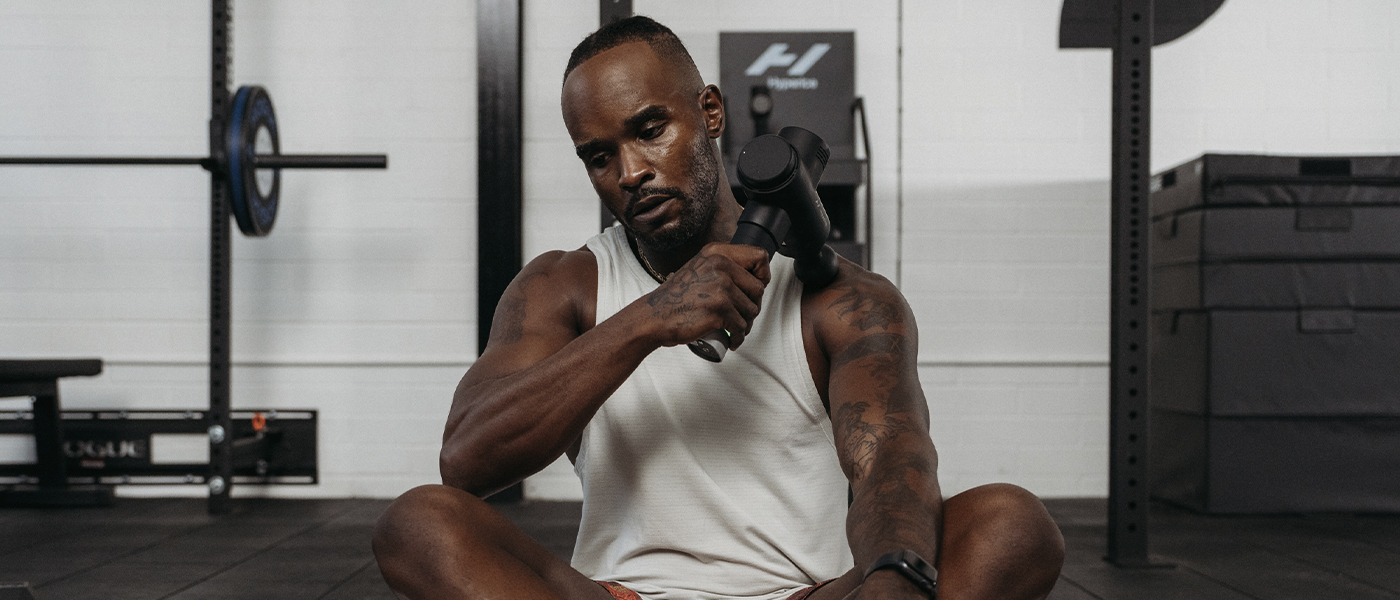It used to be that taking your health seriously meant scheduling an appointment with the GP or committing to a particularly ambitious ultra running plan. In the present day, your body is essentially a live data stream, broadcasting every heartbeat, sleep cycle, and occasional sugar binge to a network of tiny devices. Rings, wristbands, clips, whatever your adornment of choice, they have become the metric overlords of our wellbeing routines. In the past six months, wearable tech has gone from ‘cute gadget’ to a multibillion-dollar juggernaut, proving once and for all that our health obsession can be very profitable indeed.

Leading the trackable charge is Oura, the Finnish-American company behind the eponymous smart ring. Its devices are small, elegant and persuasive. In a jaw-dropping Series E funding round earlier this year, Oura raised $900 million according to The Times, sending its valuation to a staggering $11 billion. That’s right, a company whose products fit on your finger is now worth more than many household names in traditional tech. But Oura isn’t just selling you a ring; it’s offering a vision of health itself, one wrapped in titanium, ceramic, and occasional a pinch of existential guilt. Its ‘personal health operating system’ tracks sleep, activity, heart rate variability, and even integrates with continuous glucose monitors. With 2.5 million rings sold in the past 12 months alone, Oura is on track to generate $1 billion in revenue this year, doubling last year’s haul. And it’s not just hardware that’s profitable. About one in five dollars comes from subscription software, turning your ring into both a coach and conscience.
The hit of U.S. market is equally intoxicating for investors. Smart wearables in America are projected to grow from $26.5 billion in 2025 to $132 billion by 2034 and retail sales of fitness trackers have surged 88% in 2025. As published in the FT, Apps like Strava are riding the long-distance running boom, boasting 50 million monthly active users and preparing for an IPO that will turn our collective obsession with data-driven fitness into cold, hard cash. Americans are clearly eager to outsource some part of their self-improvement to gadgets. Call it quantified health, call it letting your watch silently judge you. Either way, it’s big business.
The United Kingdom may be a smaller pond, but it is keeping pace in enthusiasm. If not raw numbers. Wearable devices are increasingly visible on the streets from London to Manchester and Edinburgh, be it runners checking their wristbands mid-stride to professionals monitoring the quality of their sleep while waiting for the train. Retailers are stocking wider ranges of devices, making it easier than ever for us to accessorize with health tech. And while exact sales figures are elusive (unlike your six-month sleep debt), the trends are clear: British consumers want devices that blend style, insight, and a hint of gentle persuasion.
What separates today’s wearable boom from the early days of step counters and calorie trackers is the sophistication of the technology. Wearables have evolved from passive data collectors into personal health analysts that can predict stress spikes, suggest interventions, and even offer nudges calibrated to make you motivated. The line between consumer gadget and medical tool is increasingly blurry. Oura has partnered with Dexcom to integrate continuous glucose monitoring, while other devices now connect to blood tests or provide predictive analytics on metabolic health. Your ring, wristband, or underwear isn’t just tracking your life, it’s interpreting it.

The market’s 2025 explosion reflects a shift in consumer priorities. Early wearables targeted fitness fanatics willing to endure slightly uncomfortable wristbands and obsessive dashboards. Today, the majority of users are after wellbeing over pure performance: sleep quality, stress management, metabolic health, and a general reassurance that they’re not entirely failing at adulting. Oura reports a growing share of users in healthcare, a trend echoed globally as wearable companies forge partnerships with clinics and hospitals. Even Indian wearables firms, grappling with slower domestic demand, are turning to international markets and premium segments to sustain growth.
Globally, the numbers are astonishing. The wearable AI market is projected to grow from $38.85 billion in 2024 to $260 billion by 2032. In North America, Europe, and parts of Asia, consumer adoption continues to accelerate, driven by health consciousness, rising disposable incomes, and the appeal of quantifying one’s life for the sake of self-improvement (and bragging rights). In the U.S., wearables have become part of an ecosystem of apps, subscriptions, and cloud-connected dashboards that make self-tracking feel like both a hobby and a lifestyle.
Amid all these financial fireworks, there’s also a cultural shift. Wearables have made self-monitoring not just acceptable, but fashionable. They give millions a sense of agency over their health that is immediate, quantifiable, and occasionally guilt-inducing. And perhaps most importantly, they’ve shown that technology can be intimate without being intrusive, slipping seamlessly into daily life while providing genuinely useful insight.
Looking ahead, the trajectory is clear. Wearables are evolving from gadgets into indispensable health ecosystems. Rings will remind you to meditate, wristbands will nudge you to walk, and headsets will track your stress, all while quietly gathering gigabytes of data that might save your life. Or, at the very least, keep you slightly more aware of your sugar intake.
Accessories no more, they are billion-dollar businesses shaping the future of wellness. Investors see opportunity, consumers embrace the insight, and the technology continues to evolve, learning from us even as we learn from it. Wearables have gone from curiosity to essential, turning health into data, data into insight, and insight into a booming global industry.
So next time you glance at your wrist or finger, remember it’s not just you it’s tracking. It’s the near future. And that future is worth billions.






